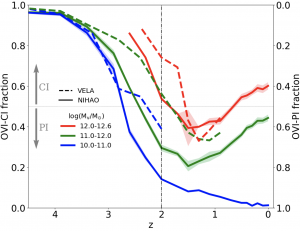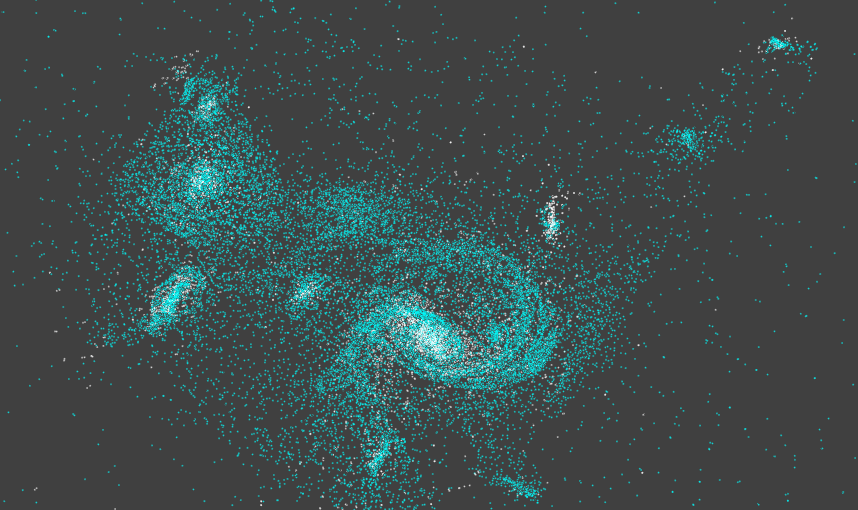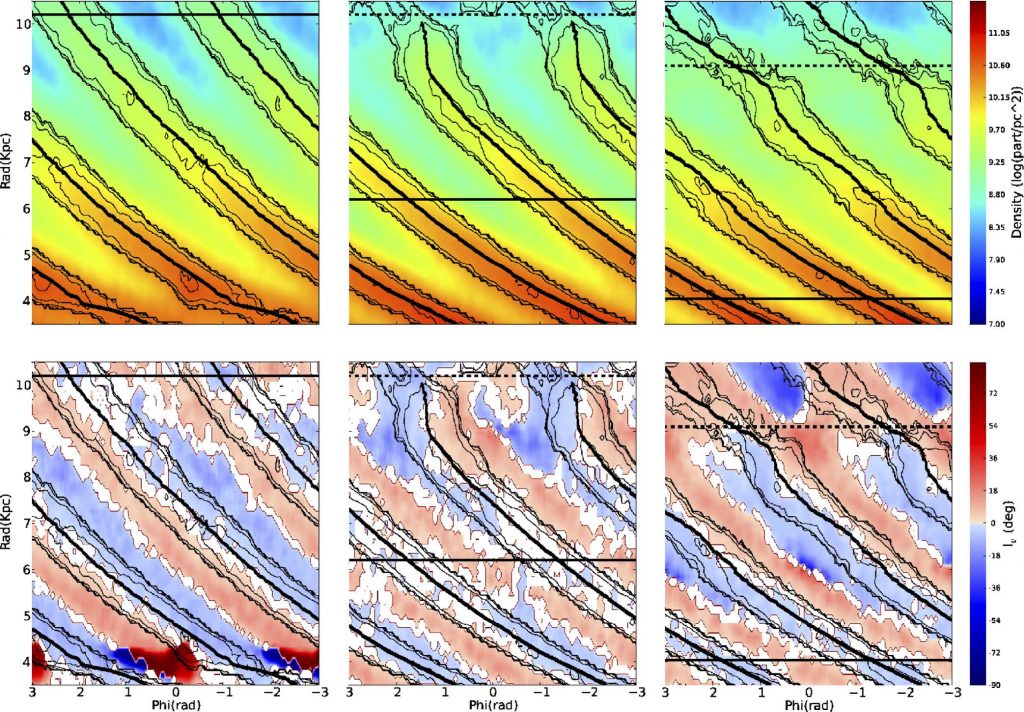Faint, tenuous gas that surrounds galaxies is one their most unknown components. This gas plays an important role on regulating galaxy formation, and also gives valuable information about recent galaxy evolution.
It is difficult to observe the gas in the circumgalactic medium. CGM emission lines can only be observed from the closest galaxies. On the other hand, by observing background luminous sources (i.e. QSO), it is possible to detect CGM absorption lines, and from them to infer some CGM properties.
Two theories about the origin, properties and distribution of the CGM gas in galaxies, and its dependence on galaxy mass and redshift, are now being considered. CGM gas can be mostly in cold-dense inflowing filaments (Cold scenario), or in a low-density warm-hot gas filling the entire galactic halo (Warm-Hot scenario).
Simulations play an important role on studying the formation of the CGM, as function of galactic mass and redshift. From simulations the evolution of the CGM can be traced. General properties of the CGM are also easily obtained from simulation, thus a comparison with the current CGM models is straightforward. Currently, several predictions on where and how to look for the CGM structures has been made thanks to the new high resolution simulations.










